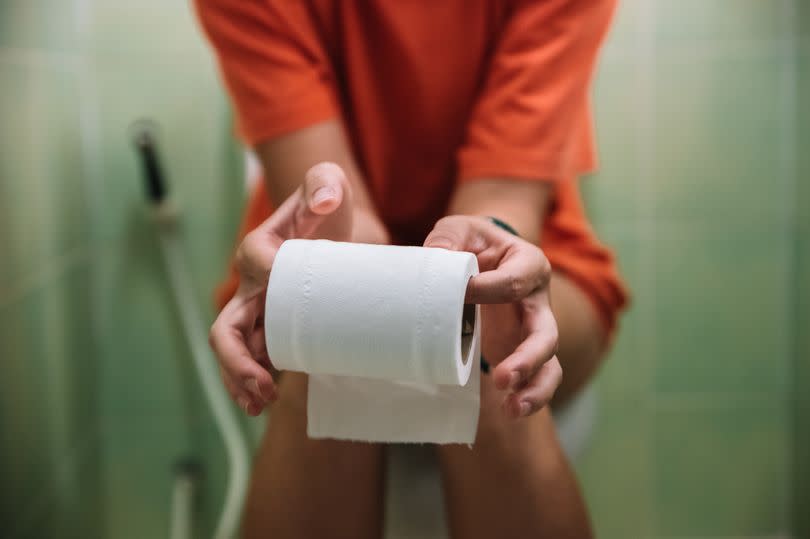Warning as cases of gruesome infection at record high in UK - symptoms to spot

A GP has issued a warning as cases of a gruesome infection have reached a record high in the UK. Diagnoses of gonorrhoea, which can cause green or yellow discharge as well as sensations of pain and burning, have continued to rise.
According to the UK Health Security Agency (UKHSA) gonorrhoea diagnoses increased 50.3 per cent between 2021 and 2022, rising from 54,961 to 82,592 in the UK. This was the highest number of diagnoses in any one year since records began in 1918. I
And the latest figures showed that gonorrhoea infections rose 7.5 per cent in England between 2022 and 2023 - from 79,268 to 85,223, which was a record high. It comes amid an overall increase in sexually transmitted infections (STIs) in England. There were 401,800 diagnoses of new STIs in England in 2023, an increase of 4.7 per cent since 2022.
Sexual health expert and GP at LloydsPharmacy Online Doctor, Doctor Bhavini Shah, issued a warning. “Anyone who is sexually active can catch gonorrhoea. But you’re particularly at risk if you regularly change sexual partners or do not use adequate barrier methods of contraception, like condoms, when having sex," she said.
“Gonorrhoea is easily passed between people through unprotected vaginal, anal and oral sex and sharing vibrators and other sex toys. It can be prevented through barrier methods of contraception. This means the use of condoms or dental dams (a square of latex or plastic used in oral sex). You should also wash and cover sex toys with a new condom when sharing them.”
Symptoms
Dr Shah shared some of the key signs of infection to look for. Symptoms of gonorrhoea usually appear within two weeks of being infected.
She explained: “In women, common symptoms include an unusual vaginal discharge (thin or watery and green or yellow in colour); pain or burning when peeing; pain or tenderness in the abdominal area; bleeding between periods, heavier periods and bleeding after sex. In men, symptoms may include unusual discharge from the penis (white, yellow or green), pain or burning when peeing; swelling of the foreskin. Another symptom is pain or tenderness in the testicles, although this is rare.”
However, not everyone will display symptoms. “Important to note though, about 10 per cent of infected men and 50 per cent of infected women do not experience any obvious symptoms,” she continued. “This is why regular STI testing is necessary, especially if you’re particularly at risk.”
If left untreated gonorrhoea can have some lasting implications. Dr Shah added: “It’s important to treat gonorrhoea quickly to prevent complications and long-term issues. Untreated, it can spread and cause serious problems.
“For example, although rare, gonorrhoea can spread to the eye if the eye comes into contact with infected discharge from the penis or vaginal fluid. Gonorrhoea is also particularly concerning in pregnant women as it can cause miscarriage, premature birth or blindness in the newborn baby.”
If you experience symptoms or are concerned you could have an STI you should go to your local clinic or contact them for a home testing kit.

 Yahoo News
Yahoo News 
